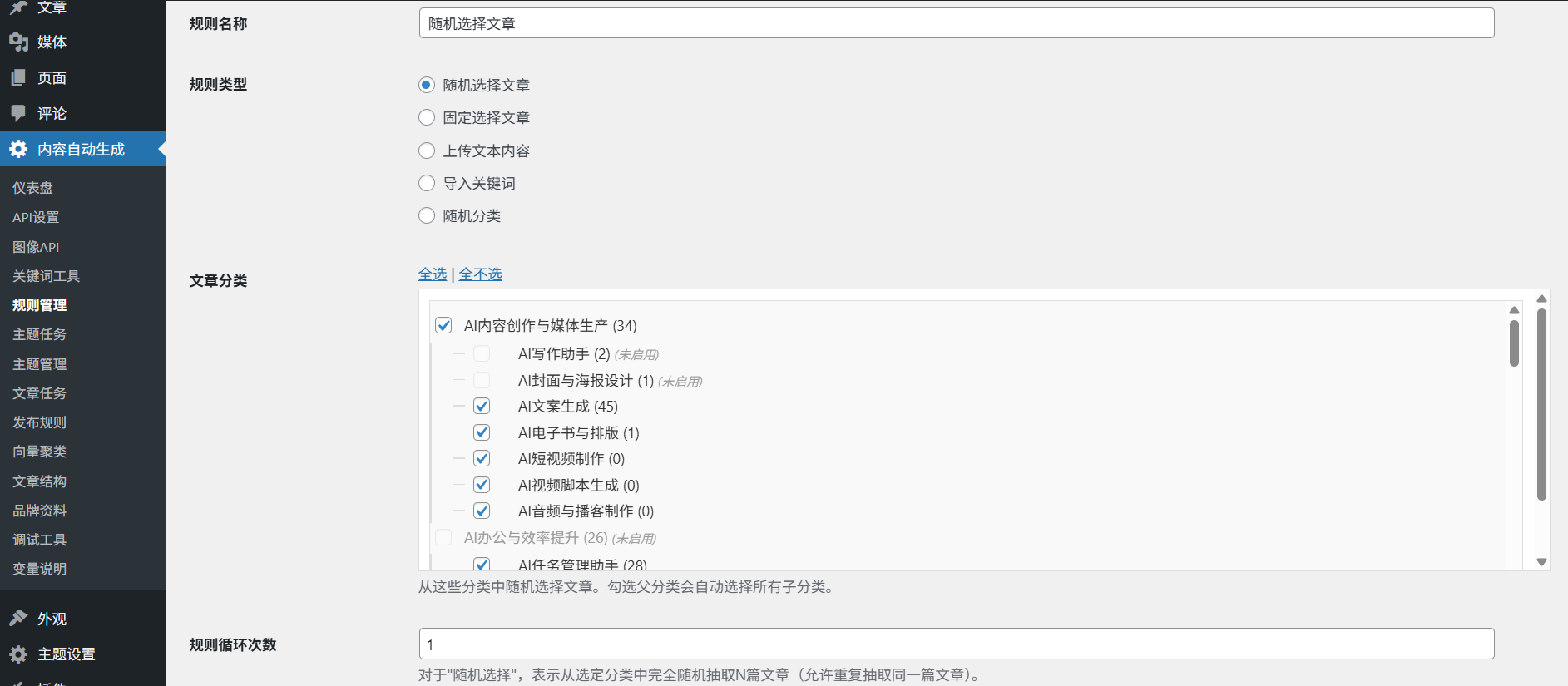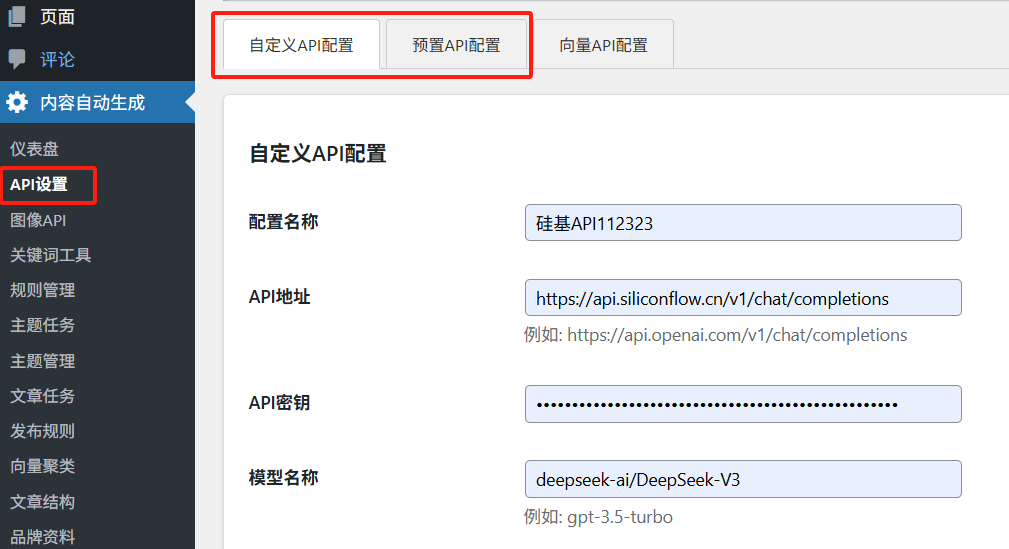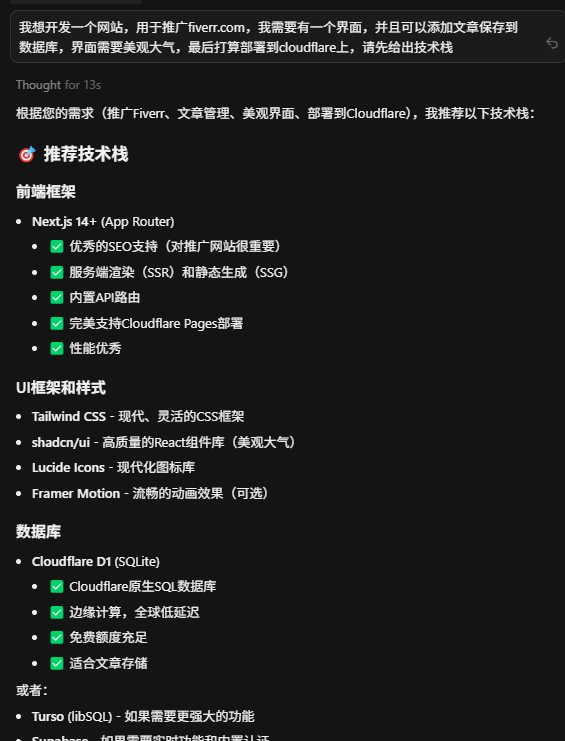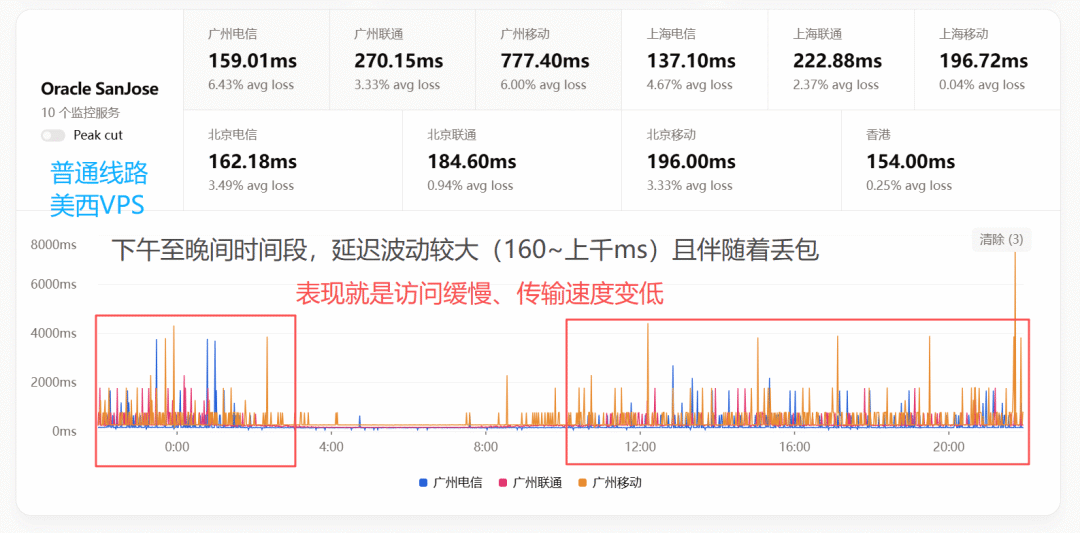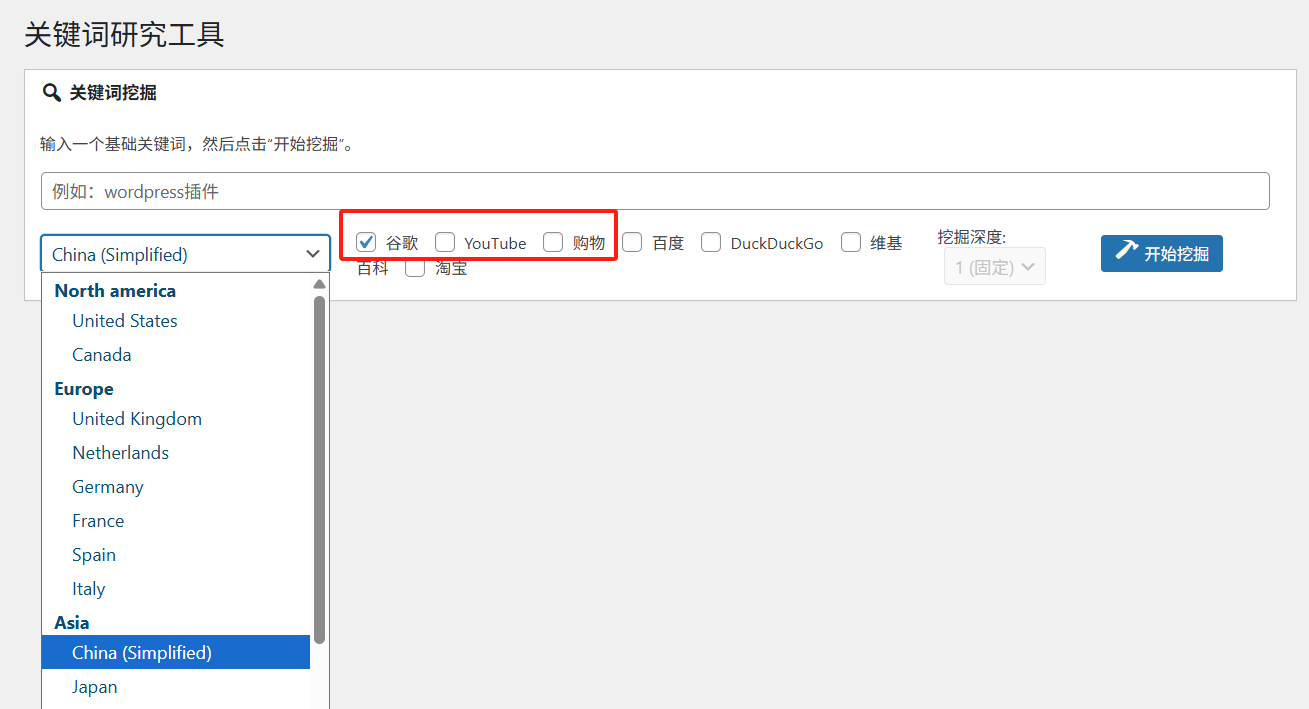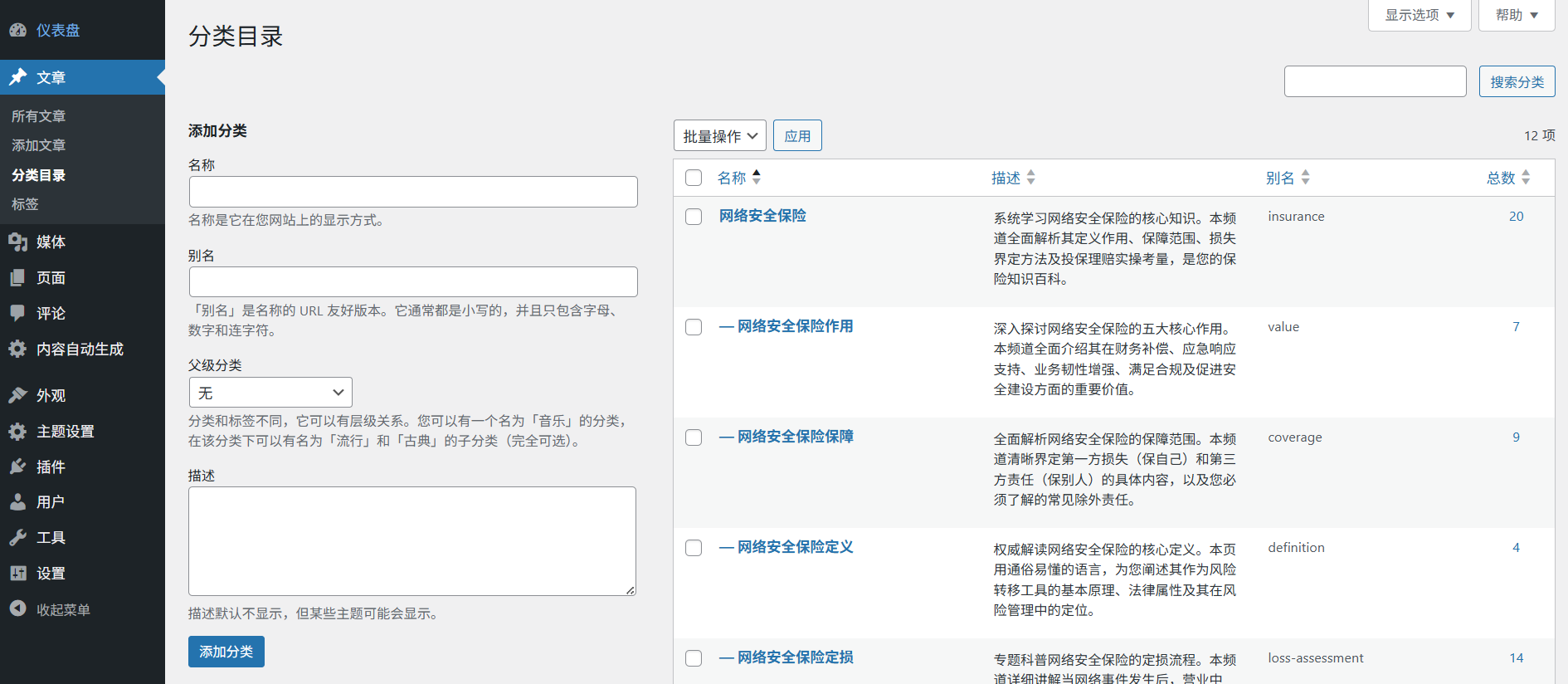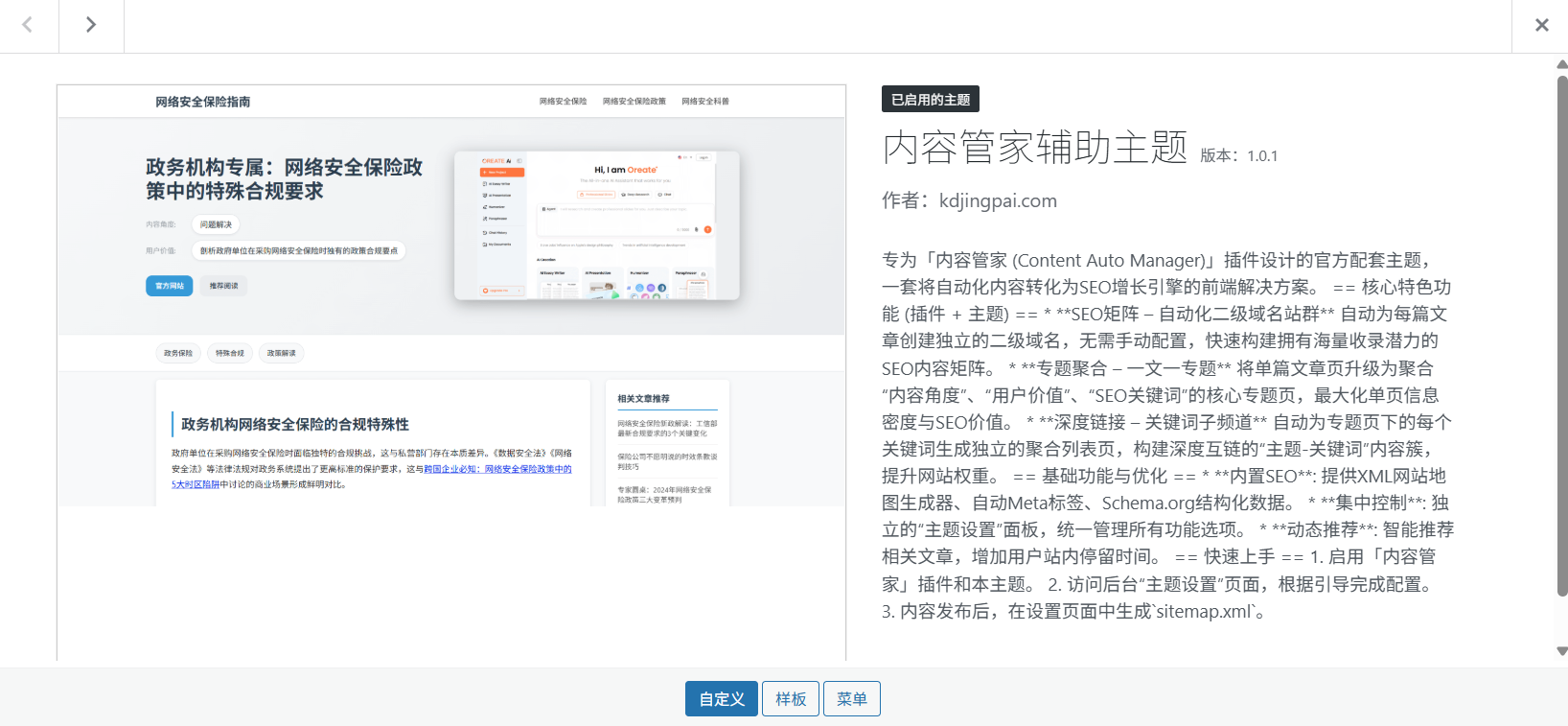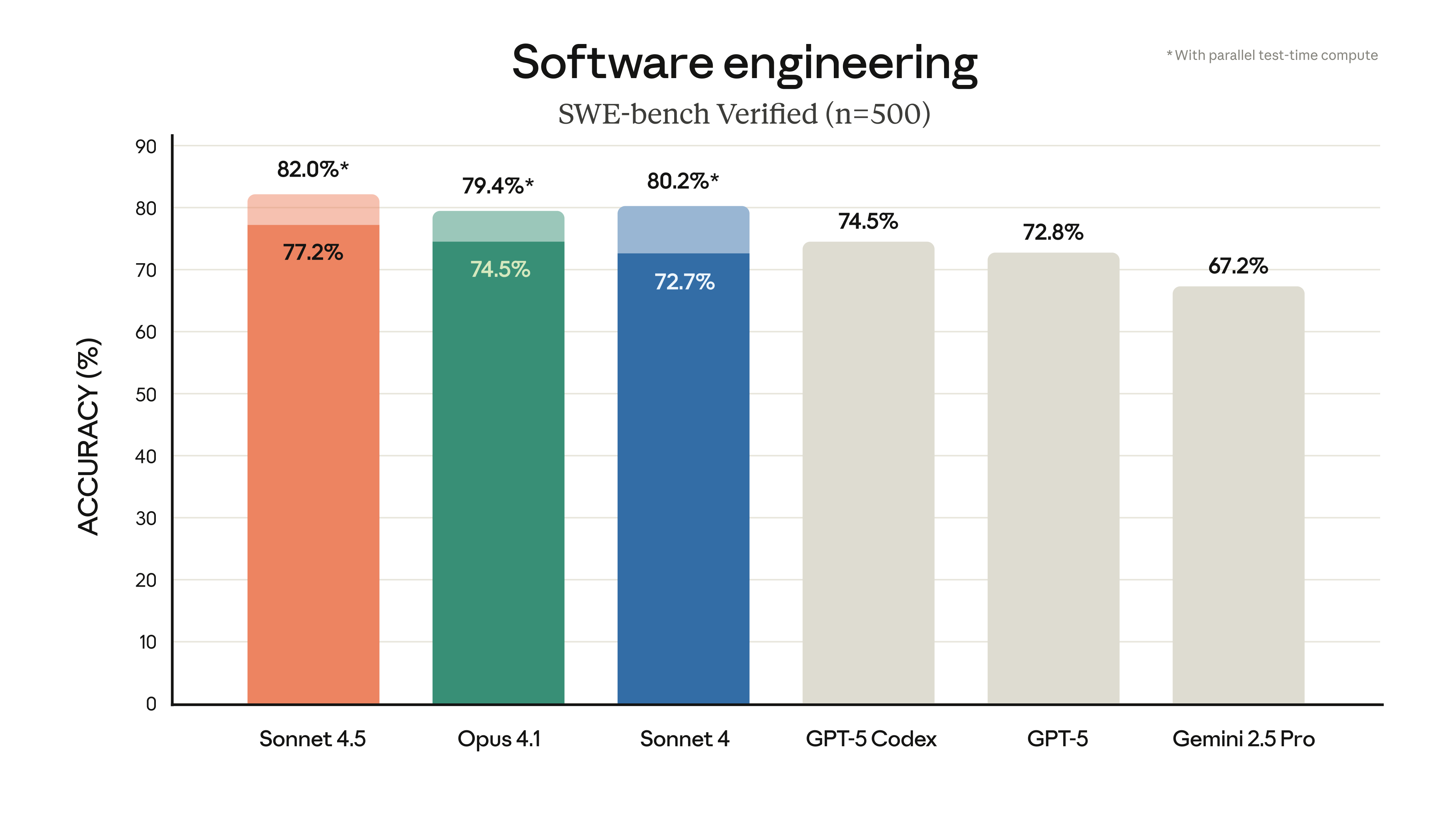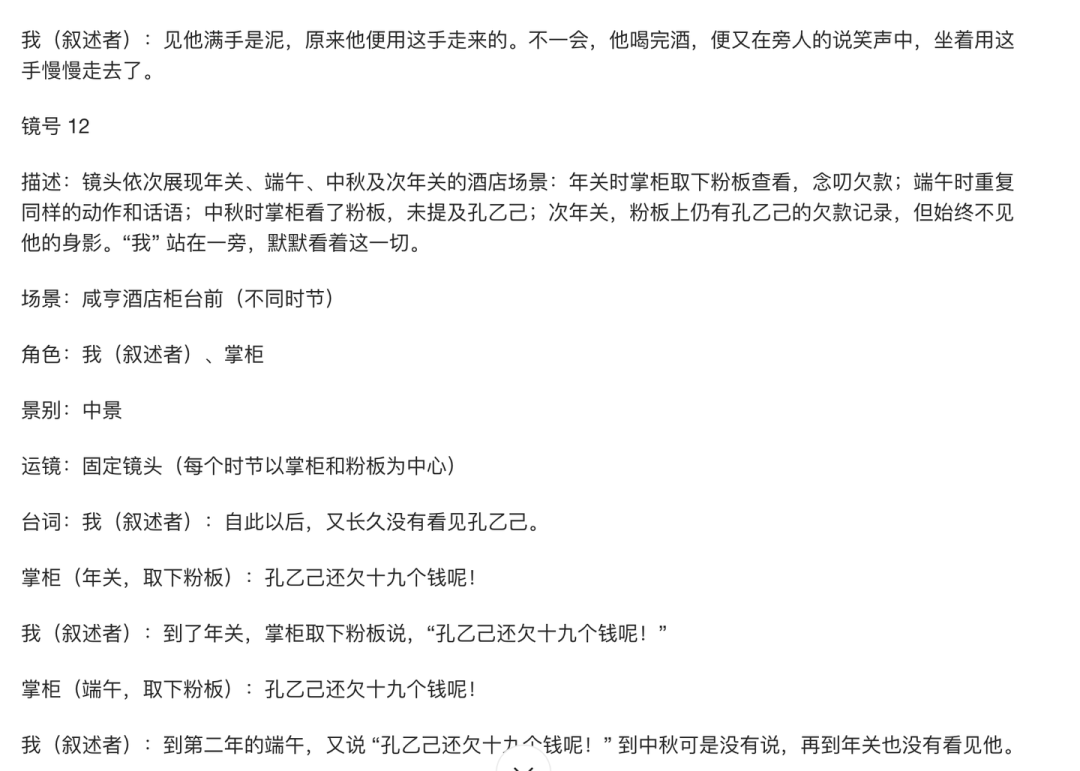AIVocal's voice cloning system is based on a hybrid architecture of migration learning and adversarial generative networks (GAN), which is capable of accomplishing rapid capture of voice features under very short sample conditions. When a user uploads a clear voice sample of 10-30 seconds, the system first extracts 256-dimensional voiceprint features such as fundamental frequency and resonance peaks through the P-STOI algorithm, and then generates synthetic voices with the same features through the conditional WaveRNN model.
Technical tests show that on the VCTK public dataset, the system requires only 15 seconds of samples to achieve a speaker similarity (SVES score) of 83.2%, exceeding the effect of the traditional GMM-UBM method that requires 5 minutes of samples. In practical applications, users can achieve: personal virtual assistant voice customization, audiobook character dubbing generation, localized commercial advertisement production and other scenarios through this function.
It is important to note that the platform employs real-time voice watermarking technology and the use of protocol constraints to effectively prevent deep forgery abuse. Each cloned voice is embedded with an inaudible watermark when it is generated, which can be traced back to the generating account in forensic scenarios, making the feature compliant with the transparency requirements of the EU AI Act.
This answer comes from the articleAIVocal: a free AI tool for generating podcasts and processing audioThe











